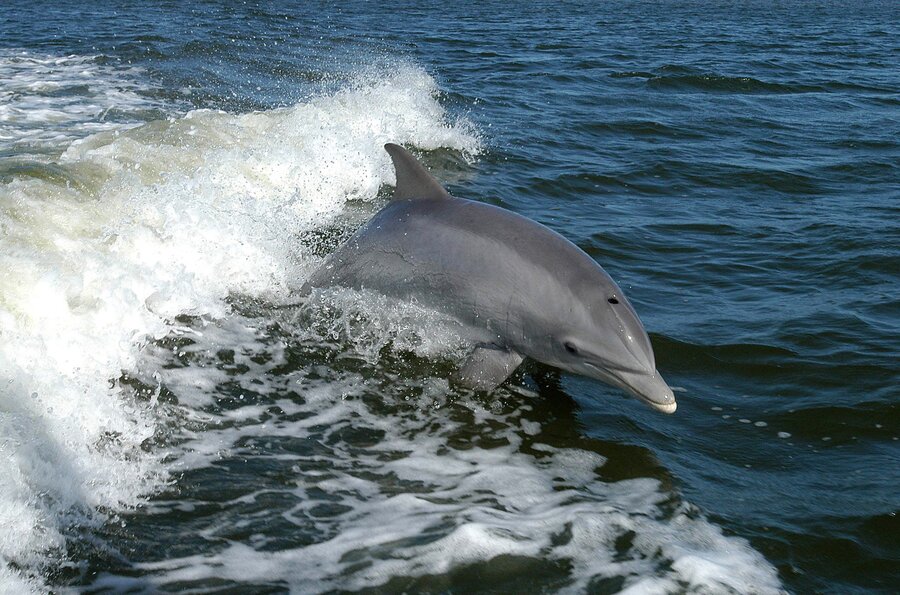Is the dolphin die-off in the Gulf finally ending?
Loading...
Scientists say the 5-year dolphin die-off caused by BP's 2010 Deepwater Horizon oil spill in the Gulf might be coming to an end.
Jenny Litz, a research biologist with the National Marine Fisheries Service (NMFS), said Friday that dolphin mortalities in the Gulf coast region have declined "since the peak years of 2010 to 2014." These years of mass mortality follow one of the greatest environmental disasters in history.
In April 2010, a BP oil rig exploded, killing 11 employees and spilling 4.9 million barrels of oil into the ocean before it was fully stopped about five months later.
BP does not take responsibility for the die-off, citing frequent die-offs in the past and other, unrelated bacterial diseases in the Gulf.
"It's important to note that unfortunately, these large die-offs of dolphins aren't unusual," BP wrote in February in response to a National Oceanic and Atmospheric Administration (NOAA) report. "Even though the UME [Unusual Mortality Event] may have overlapped in some areas with the oil spill, correlation is not evidence of causation."
Experts at NOAA disagree. Yes, dolphins have been prone to large die-offs before, "but never have the dolphins experienced a die-off that has lasted as long, involved as many animals, or affected as many calves."
"No feasible alternatives remain that can reasonably explain the timing, location and nature of this increase in death," Stephanie Venn-Watson, co-author of the NOAA report, said in a press release.
The Gulf typically experienced 74 dead, washed-up dolohins a year, but the average grew to 248 individuals during the five years after the spill. The NMFS estimates 1,433 whales and dolphins have been killed as a result of the 2010 spill, with 87 percent (or 1,246) of the individuals being bottlenose dolphins.
And it's clear the spill's environmental effects were far reaching, but the dolphin populations have proved highly sensitive to the damaged waters.
"Many of the Gulf's dolphins are shallow-water, coastal or estuarine animals that seem attached to particular areas, which means they may resist abandoning even a highly degraded habitat," the NOAA explains.
So although researchers see signs progress, experts say the dolphins' reliance on this specific habitat means there is still work to do.
"As we have seen from the Exxon Valdez," the NOAA warned in May, "breakdown products from oil can work up the food chain, accumulate in body tissue, induce cascading effects across an ecosystem and impact wildlife populations for decades afterwards."
The 2010 Deepwater die-off will still be "the largest, and longest, dolphin mortality event ever in the Gulf of Mexico," Litz told the Tampa Bay Times.






